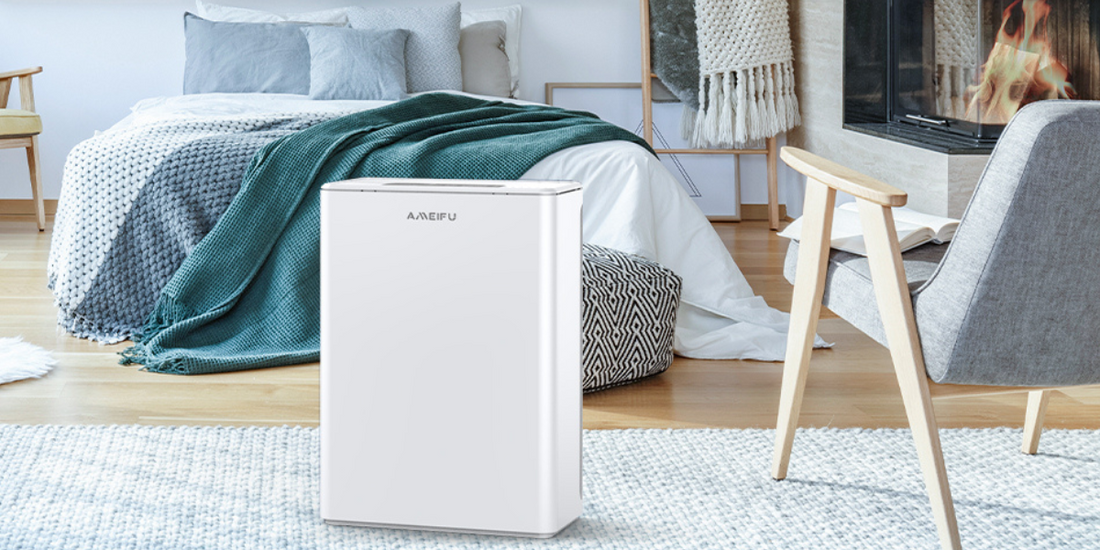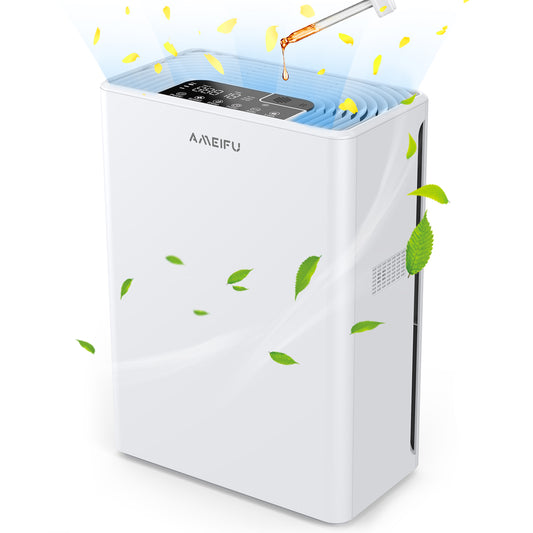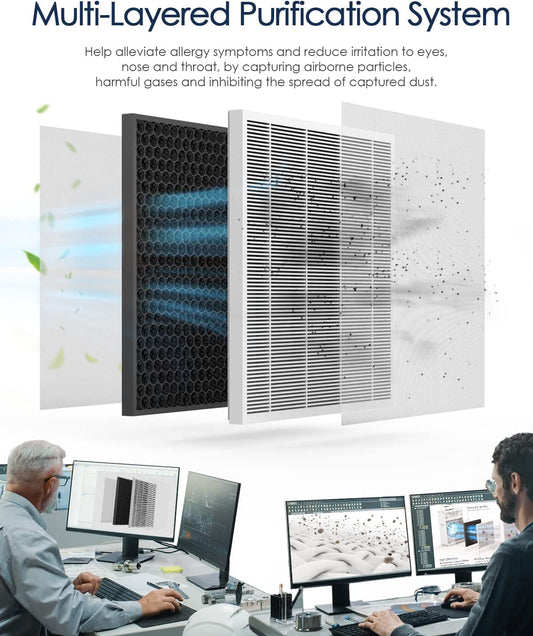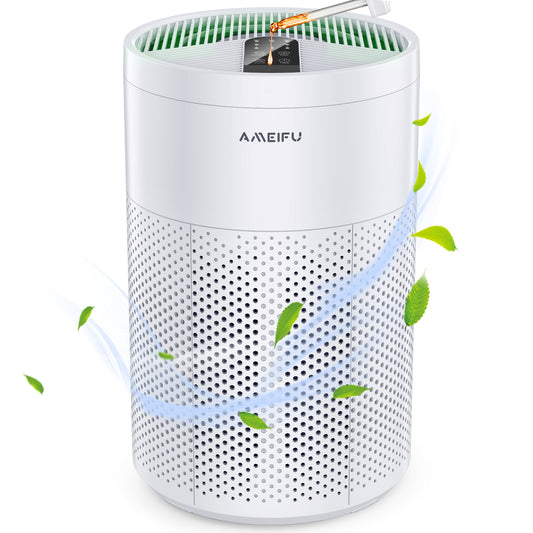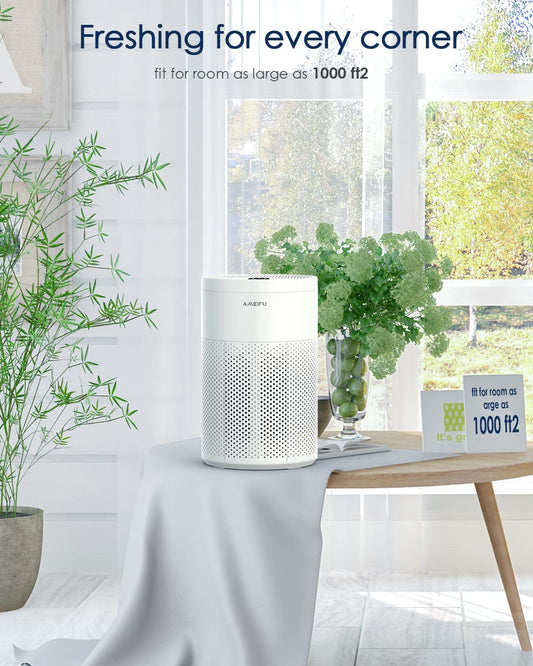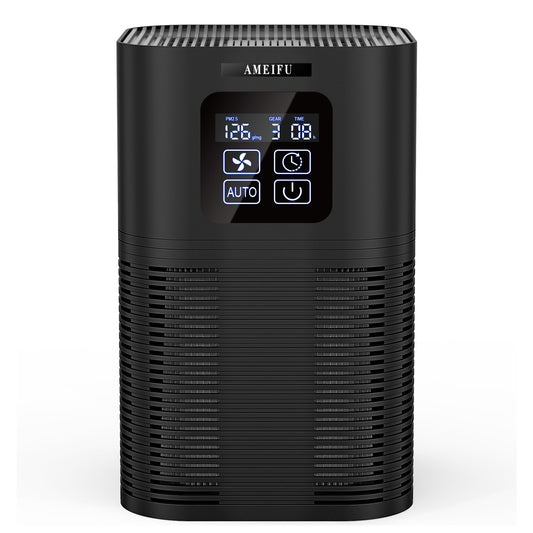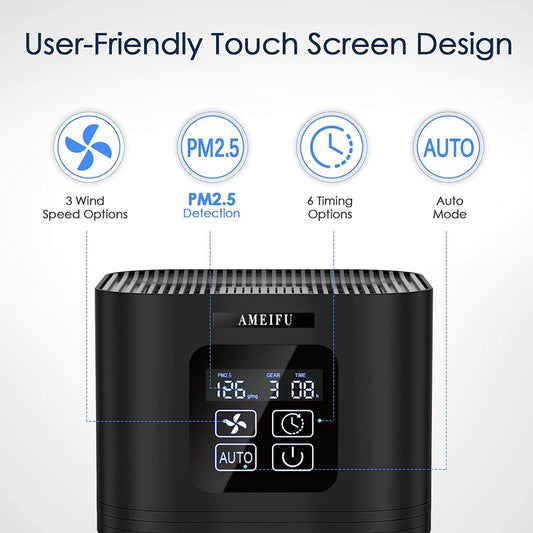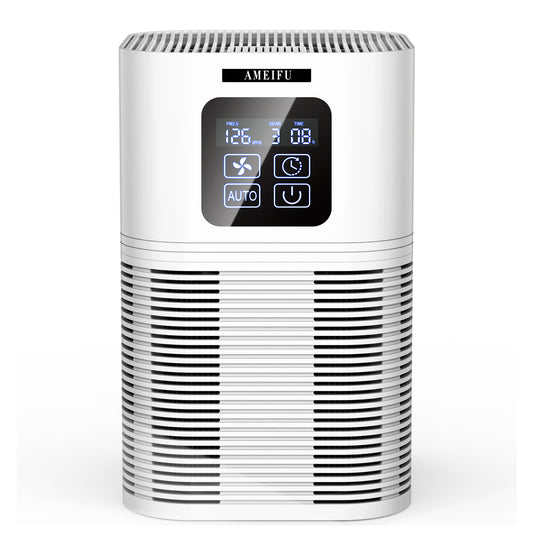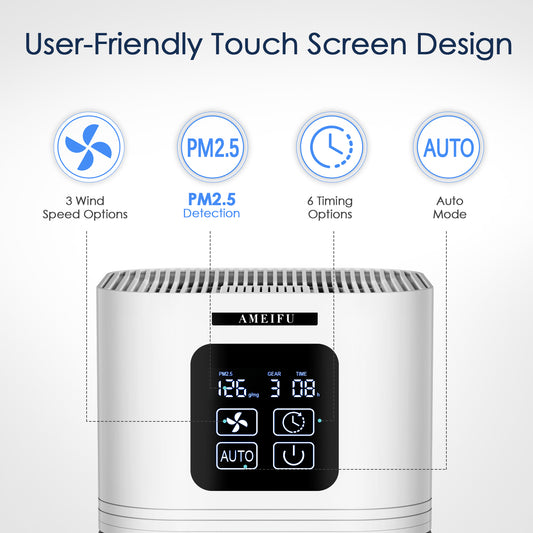Indoor air quality has become a growing concern for individuals seeking a healthy and clean living environment. Air purifiers have emerged as a popular solution to combat indoor air pollution, ensuring that the air we breathe is free from harmful contaminants. However, to maintain the optimal performance of an air purifier, regular maintenance and cleaning are essential. In this article, we will explore the importance of knowing when to clean your air purifier, highlighting key indicators and best practices to ensure its effectiveness in purifying the air in your space.
Why is Cleaning Your Air Purifier Important?
Air purifiers work by drawing in air from the surrounding environment and passing it through a filtration system that captures airborne pollutants such as dust, allergens, pet dander, mold spores, and volatile organic compounds (VOCs). Over time, these pollutants accumulate on the filters, hindering the purifier's efficiency and reducing its ability to effectively clean the air.
Regularly cleaning your air purifier ensures that the filters remain unclogged, allowing for proper airflow and maximum filtration. Neglecting the cleaning process can lead to decreased performance, reduced air quality, increased energy consumption, and even potential health risks.
Indicators that Your Air Purifier Needs Cleaning
To determine when to clean your air purifier, it is essential to pay attention to certain indicators that signal a decrease in performance. By recognizing these signs, you can proactively address the issue and maintain the optimal functioning of your air purifier. Here are some key indicators that it's time to clean your air purifier:
- Decreased Airflow: If you notice a reduced airflow or weaker fan speed from your air purifier, it may indicate that the filters are clogged and require cleaning. Restricted airflow can significantly affect the unit's efficiency and compromise its ability to effectively purify the air in your space.
- Increased Noise Level: A sudden increase in noise coming from your air purifier could be a result of accumulated debris and pollutants on the fan or filters. Cleaning the unit can help restore normal operation and minimize unnecessary noise.
- Foul Odors: If you detect unpleasant odors or a musty smell emanating from your air purifier, it may be an indication that the filters are saturated with pollutants. Cleaning the filters will eliminate the odor source and improve the quality of the purified air.
- Visible Dust or Debris: Physical inspection of the filters can provide a clear visual indication of their condition. If you observe a significant buildup of dust or debris on the filters, it is time to clean them. Cleaning the filters regularly prevents them from becoming overwhelmed with pollutants and maintains the purifier's efficiency.
Best Practices for Cleaning Your Air Purifier
Now that we understand the importance of cleaning an air purifier, let's delve into some best practices to ensure that the cleaning process is conducted effectively and safely:
- Refer to the Manufacturer's Instructions: Different air purifier models may have specific cleaning instructions provided by the manufacturer. It is crucial to consult the user manual or manufacturer's website to understand the recommended cleaning methods for your particular unit.
- Power Off and Unplug: Before cleaning your air purifier, always turn it off and unplug it from the power source. This precautionary measure ensures your safety and prevents any electrical accidents during the cleaning process.
- Remove and Inspect Filters: Carefully remove the filters from your air purifier, following the manufacturer's guidelines. Inspect the filters for visible dirt, dust, or debris. If the filters are washable, gently rinse them with lukewarm water and mild soap. For non-washable filters, use a soft brush or vacuum cleaner to remove the accumulated particles. Be cautious not to damage the filters during the cleaning process.
- Clean the Exterior: While the filters are out, take the opportunity to clean the exterior surfaces of your air purifier. Use a soft, damp cloth to wipe away any dust or dirt that may have settled on the unit. Avoid using harsh chemicals or abrasive cleaners that could damage the unit's finish.
- Allow Proper Drying Time: After washing the filters or cleaning the unit, ensure that all components are thoroughly dry before reassembling the air purifier. Damp filters can lead to mold growth and compromise the air quality.
- Reassemble and Restart: Once the filters and unit are completely dry, carefully reinstall the filters according to the manufacturer's instructions. Ensure that they are properly aligned and securely fitted. Plug in the air purifier and turn it on, verifying that it functions smoothly and the airflow is restored.
- Establish a Cleaning Schedule: To maintain optimal performance, it is recommended to establish a regular cleaning schedule for your air purifier. The frequency of cleaning depends on several factors, including the air quality in your area, the number of occupants, and the presence of pets or smokers. As a general guideline, it is advisable to replace the filters every three to six months, or more frequently if the indicators mentioned earlier are observed.
Conclusion
Maintaining a clean air purifier is crucial for ensuring the continuous purification of indoor air, safeguarding the health and well-being of occupants. By understanding the importance of knowing when to clean your air purifier and following the best practices outlined in this article, you can maximize the effectiveness and longevity of your air purification system. Regular cleaning, combined with appropriate maintenance, will help you enjoy cleaner and healthier indoor air, creating a safe and comfortable living environment for you and your loved ones.

